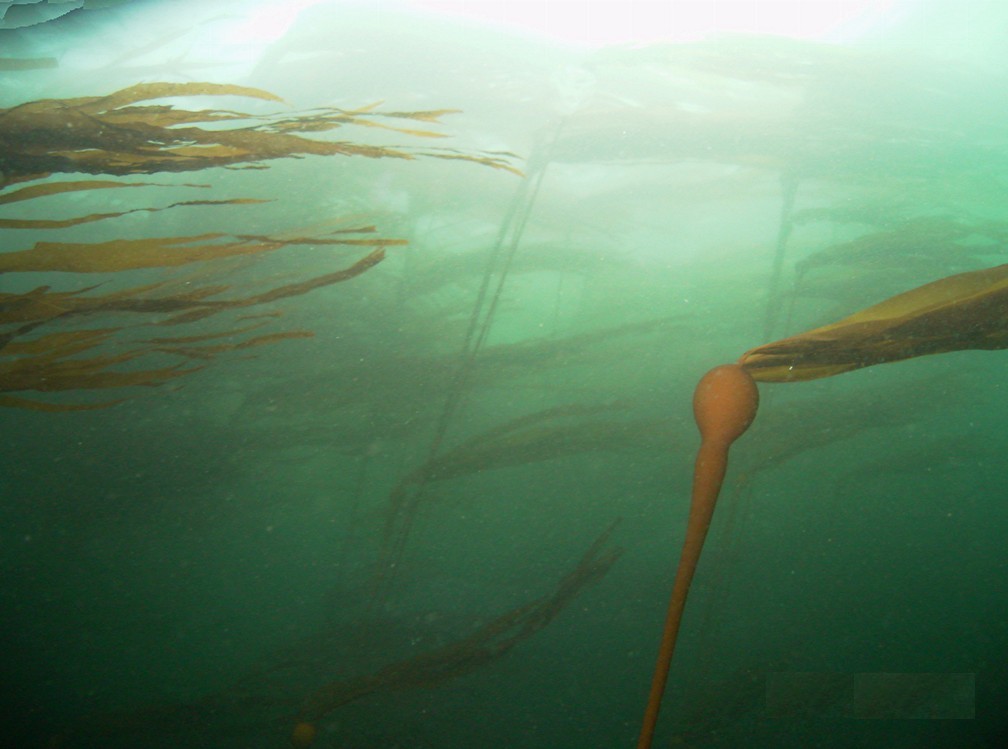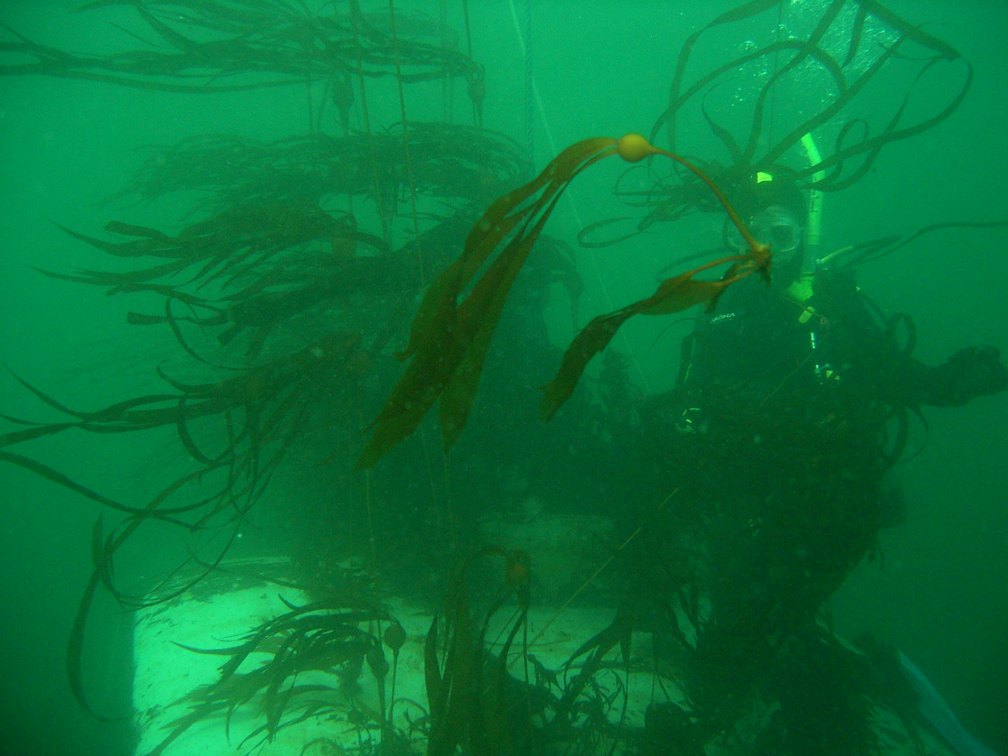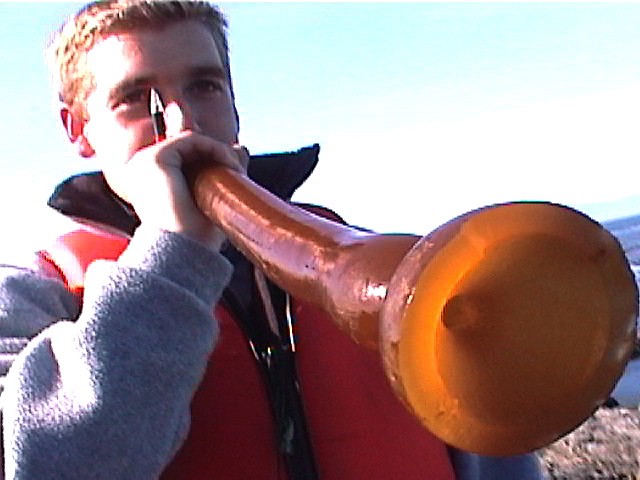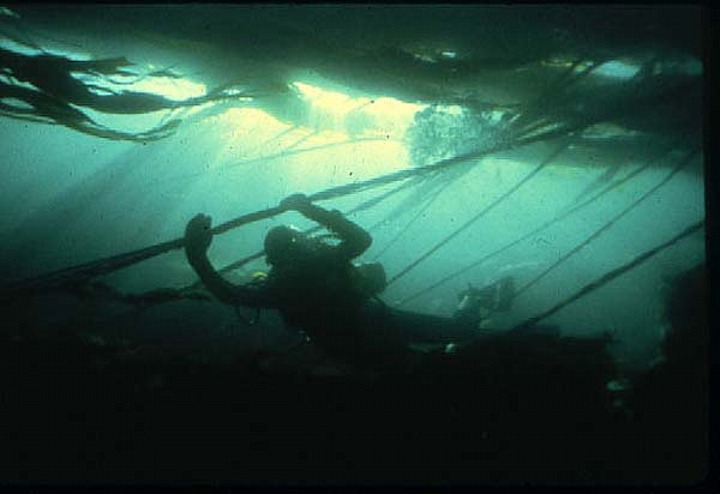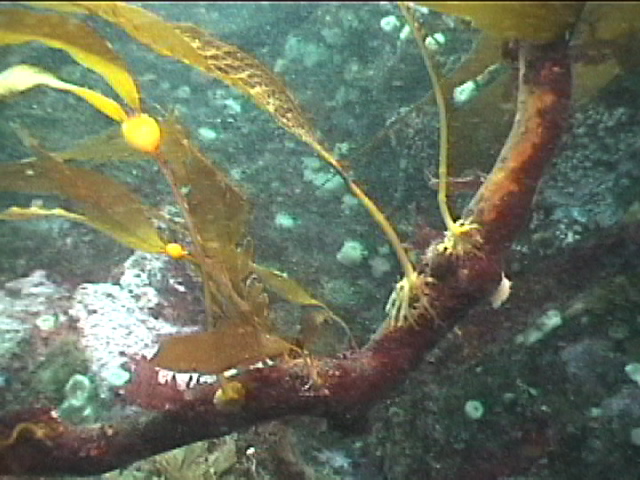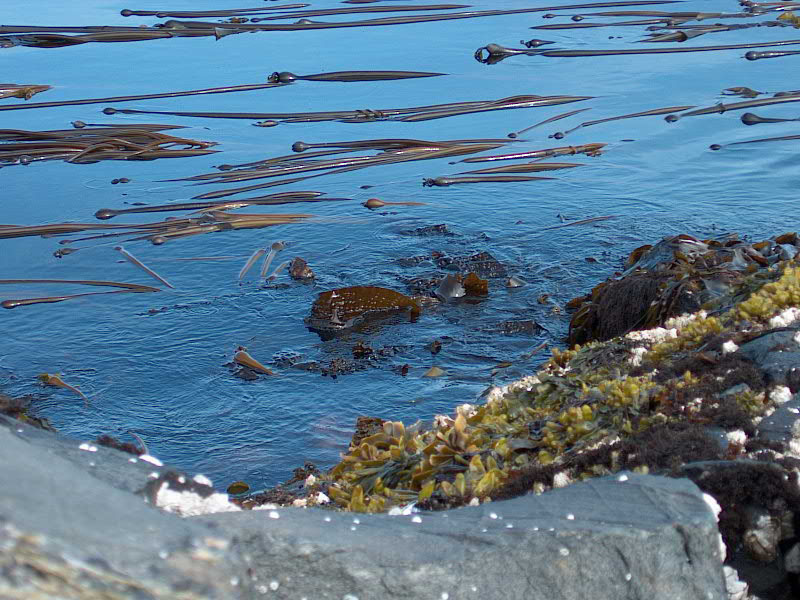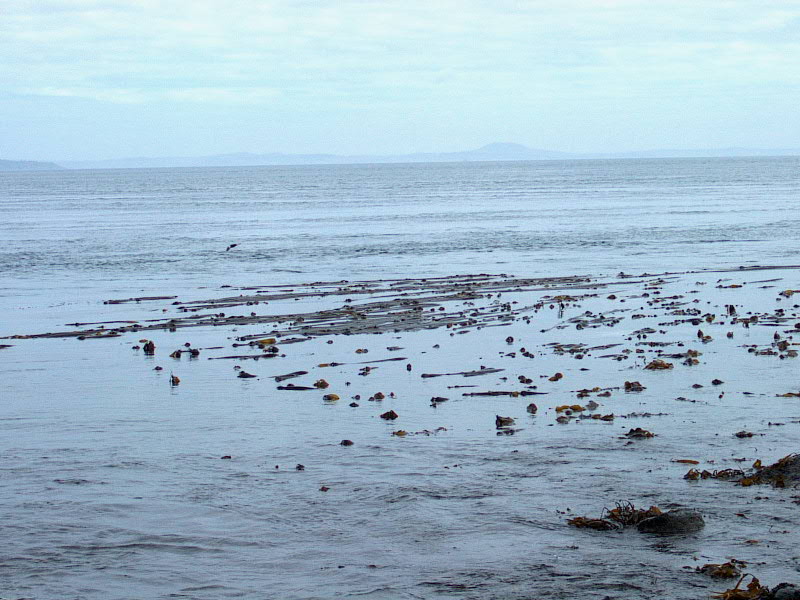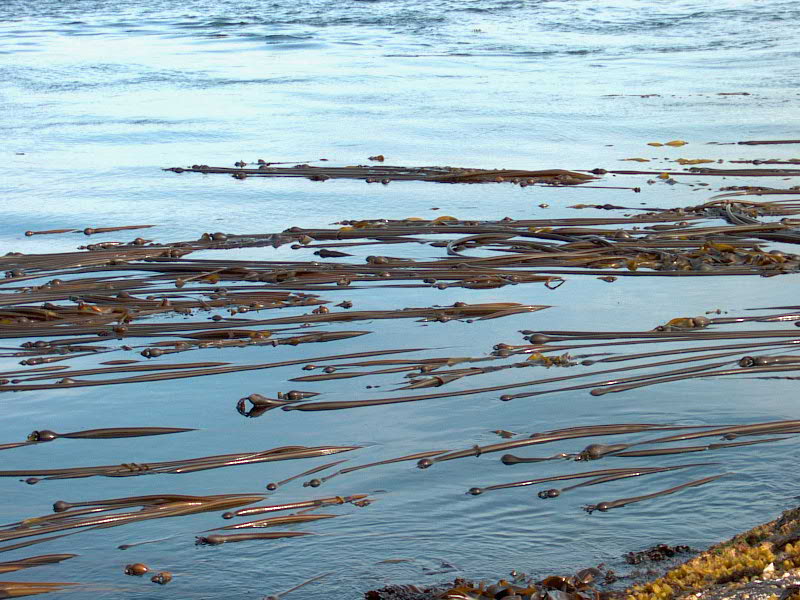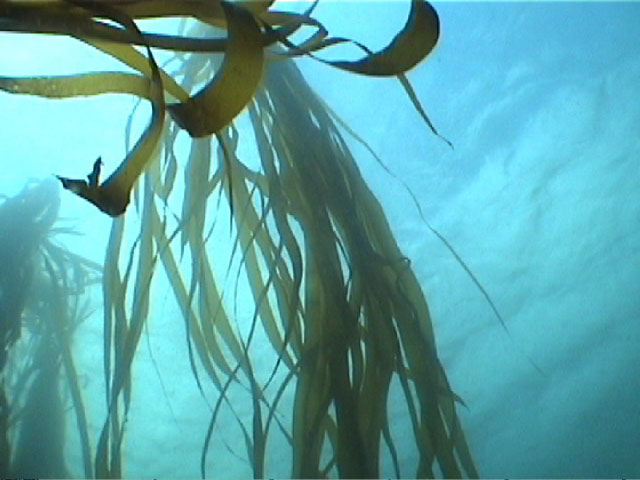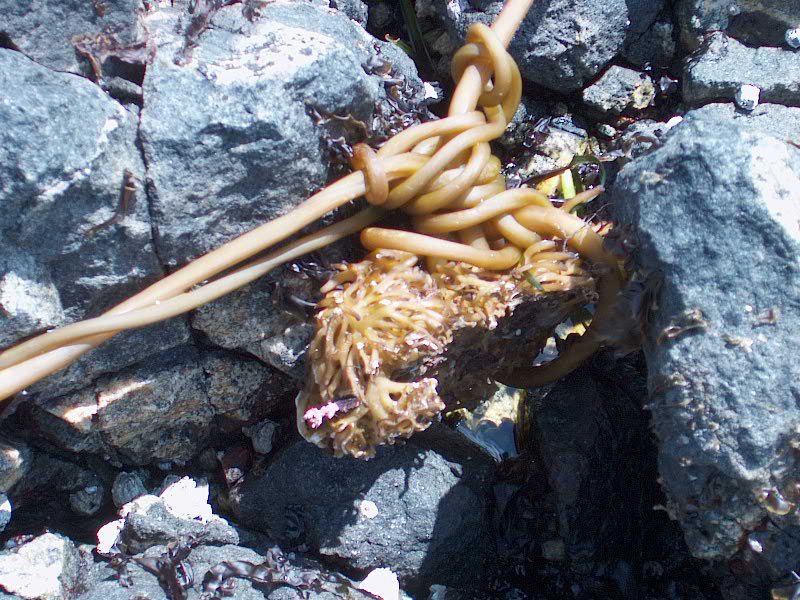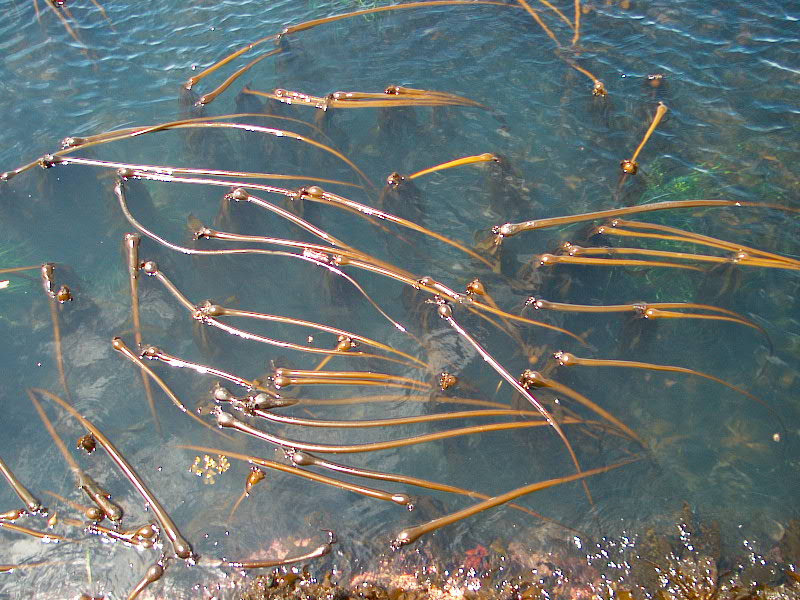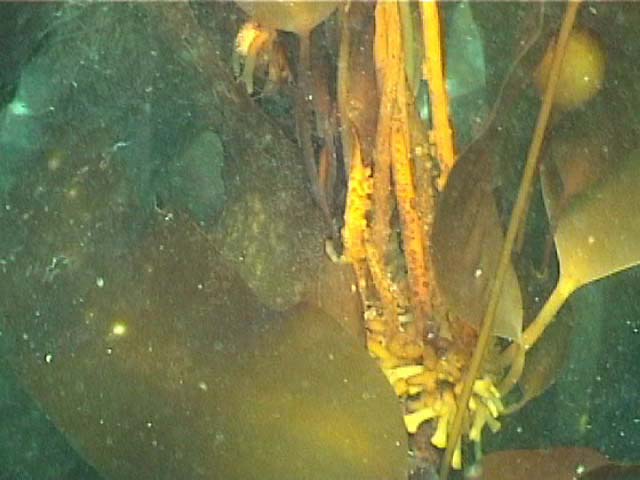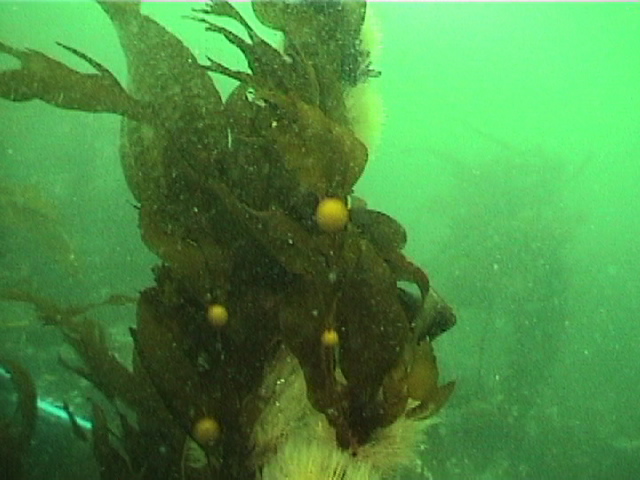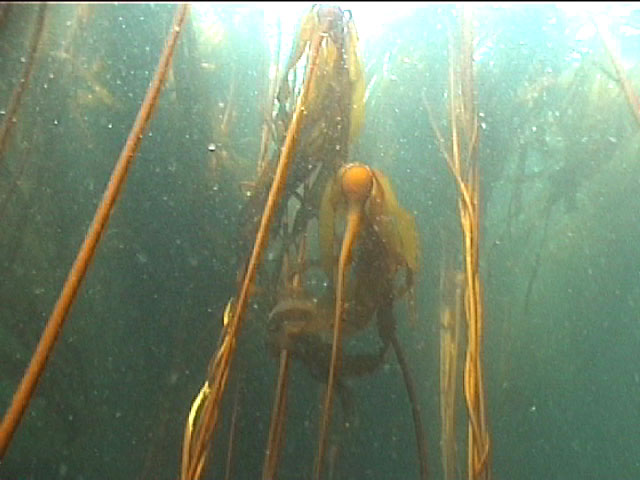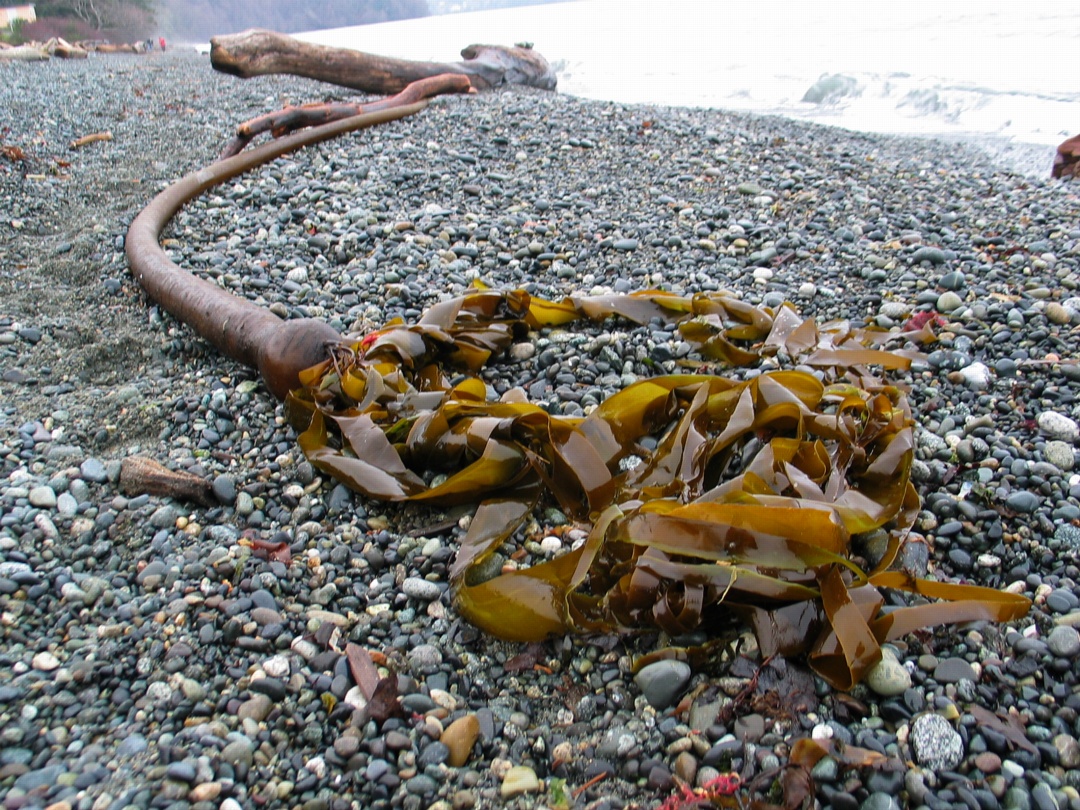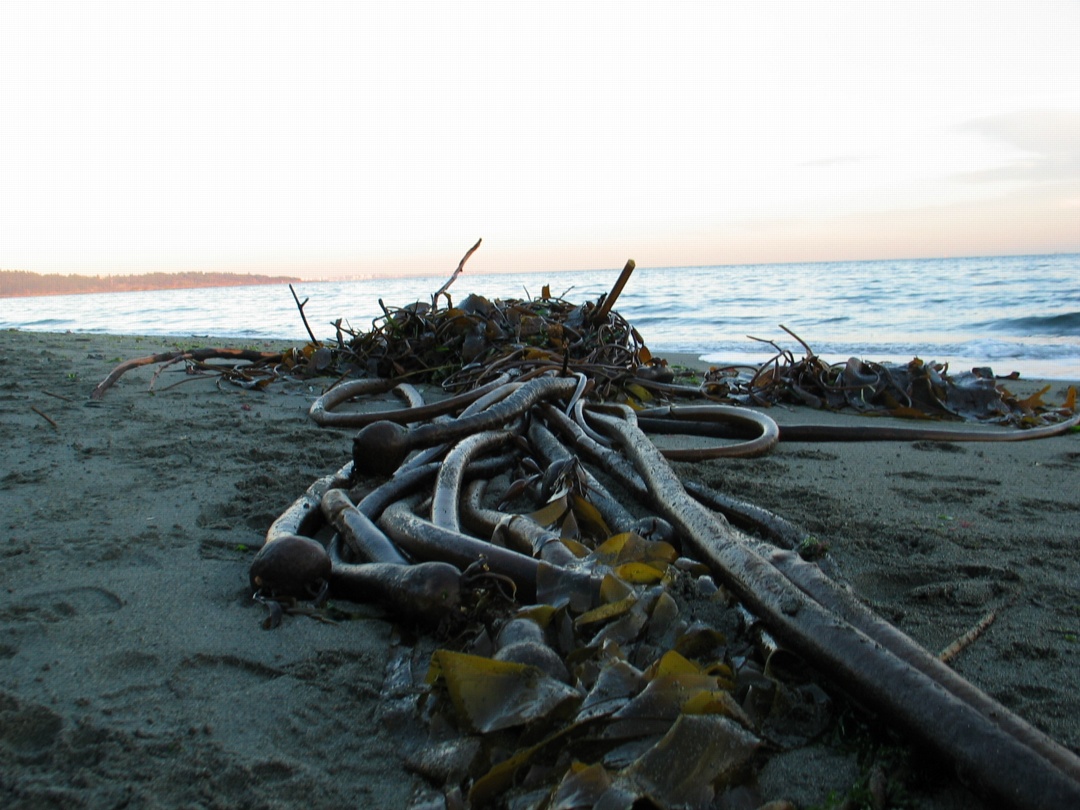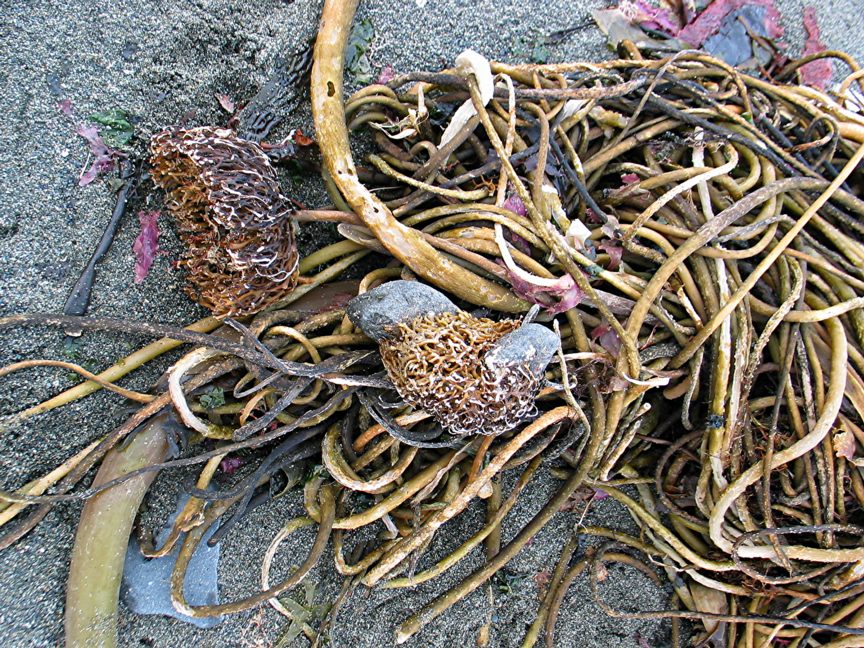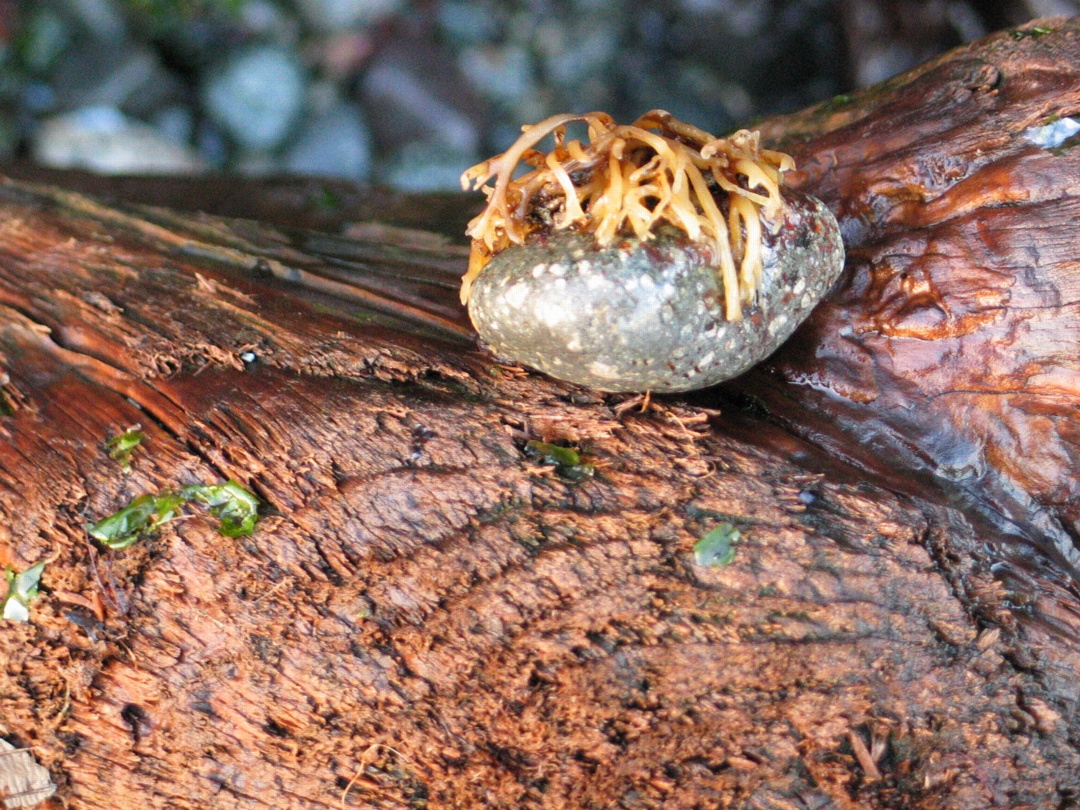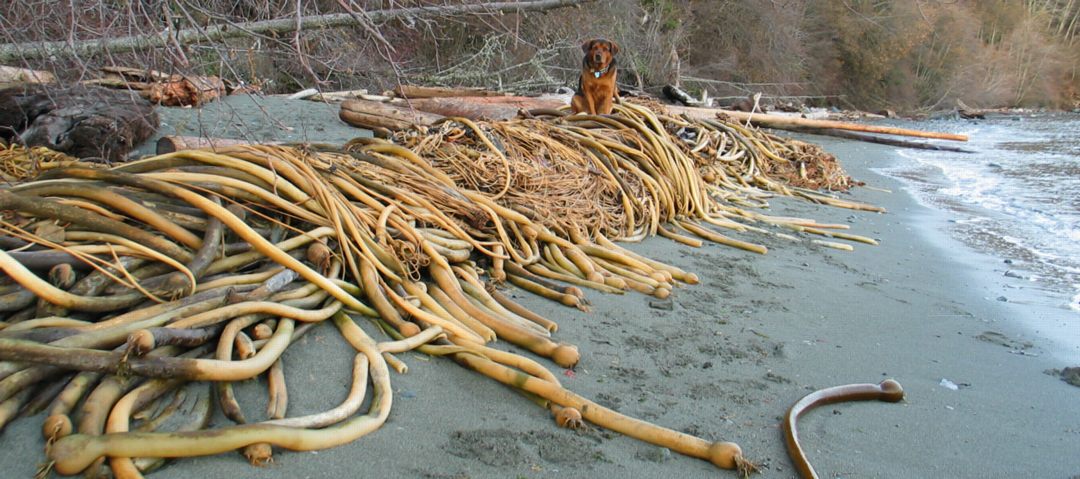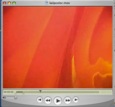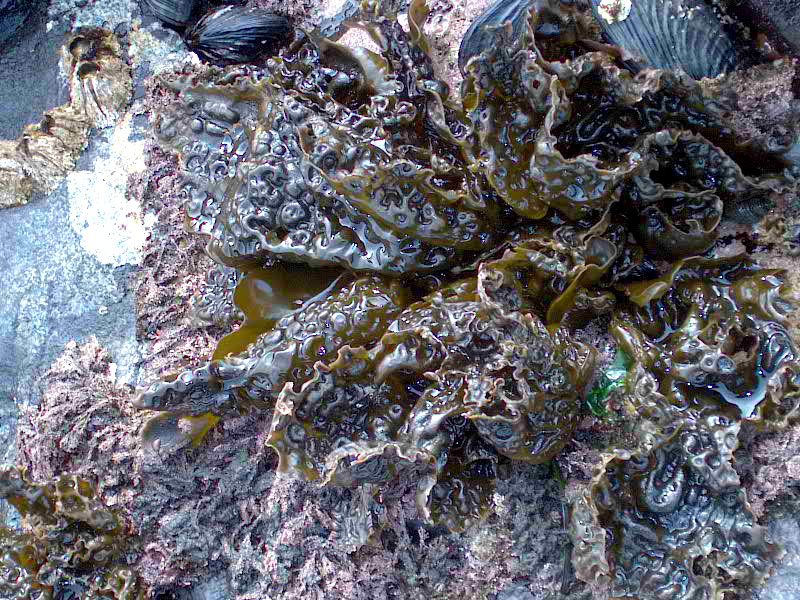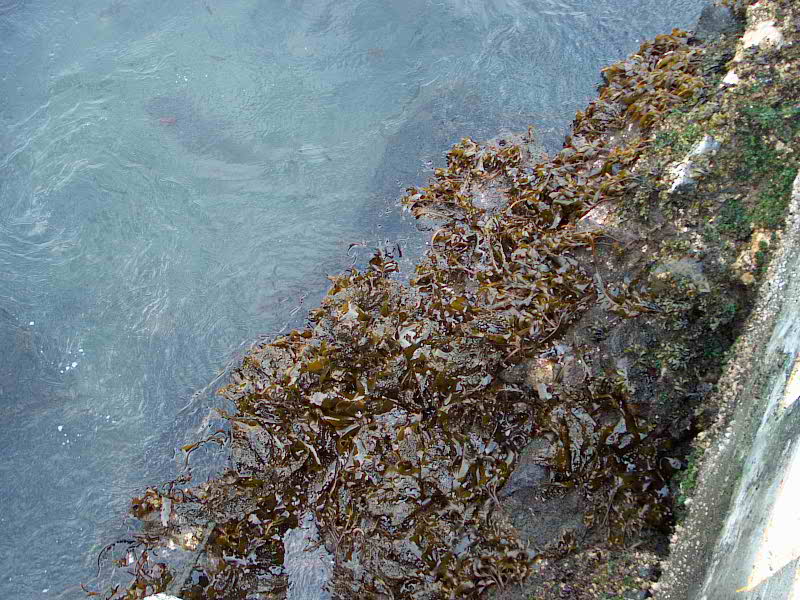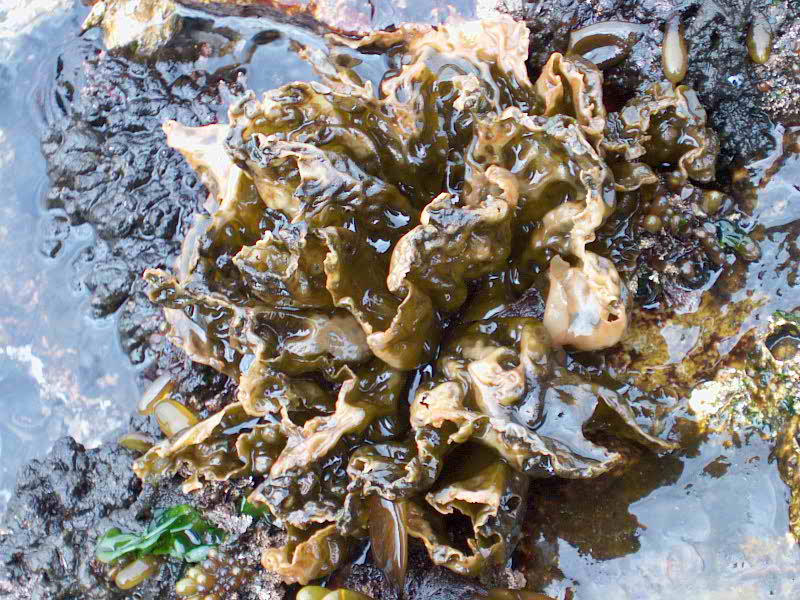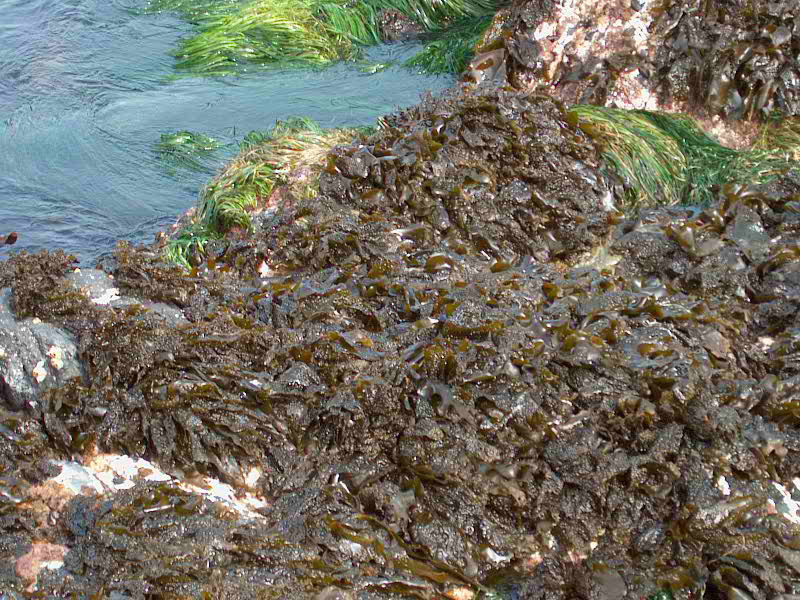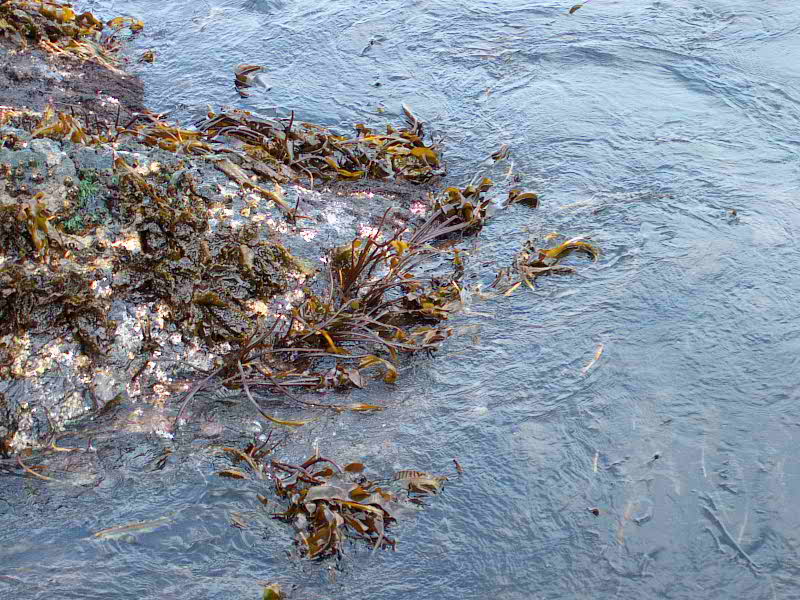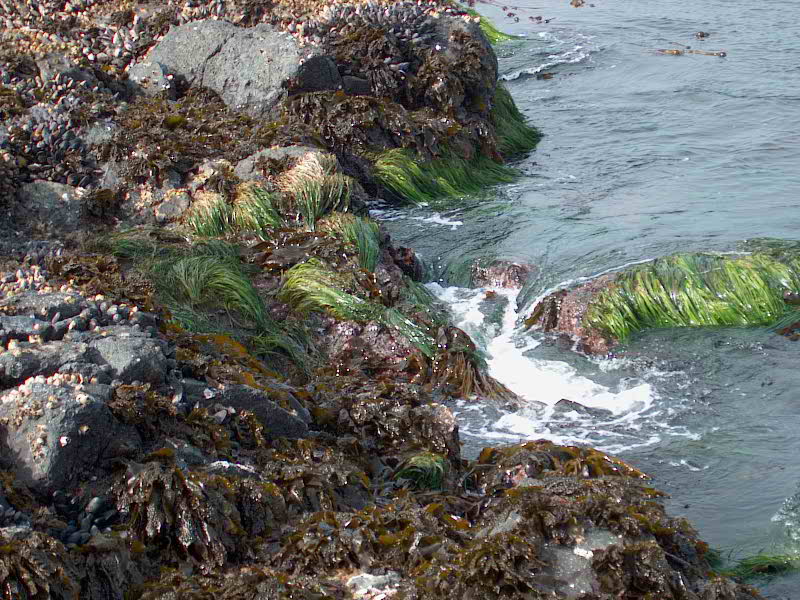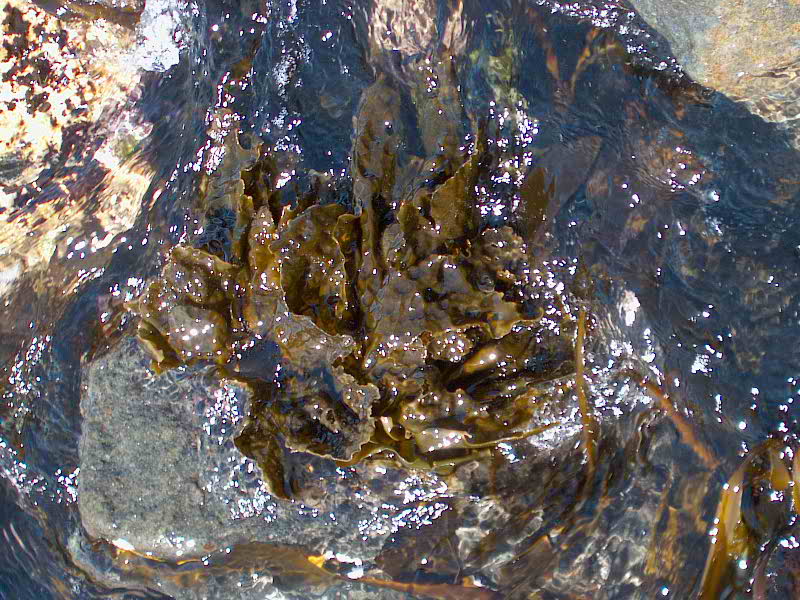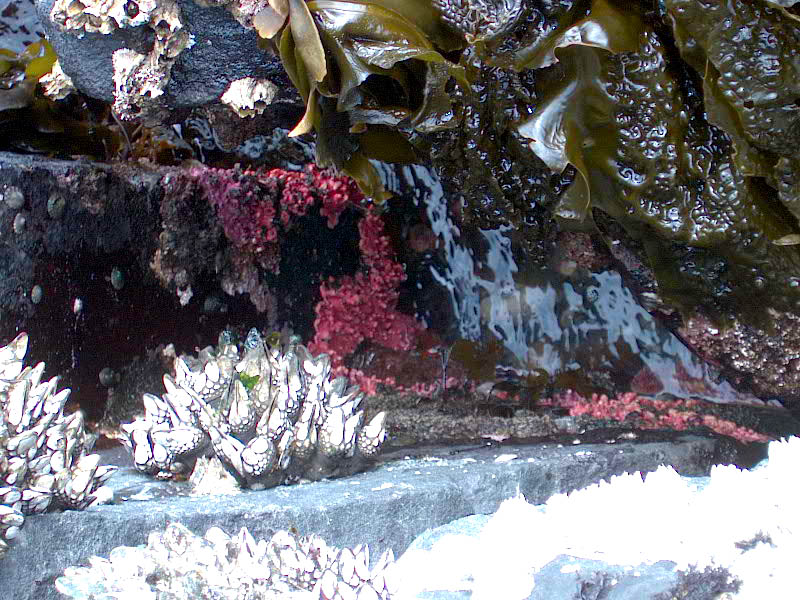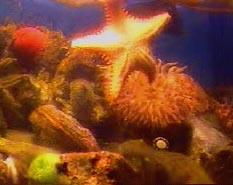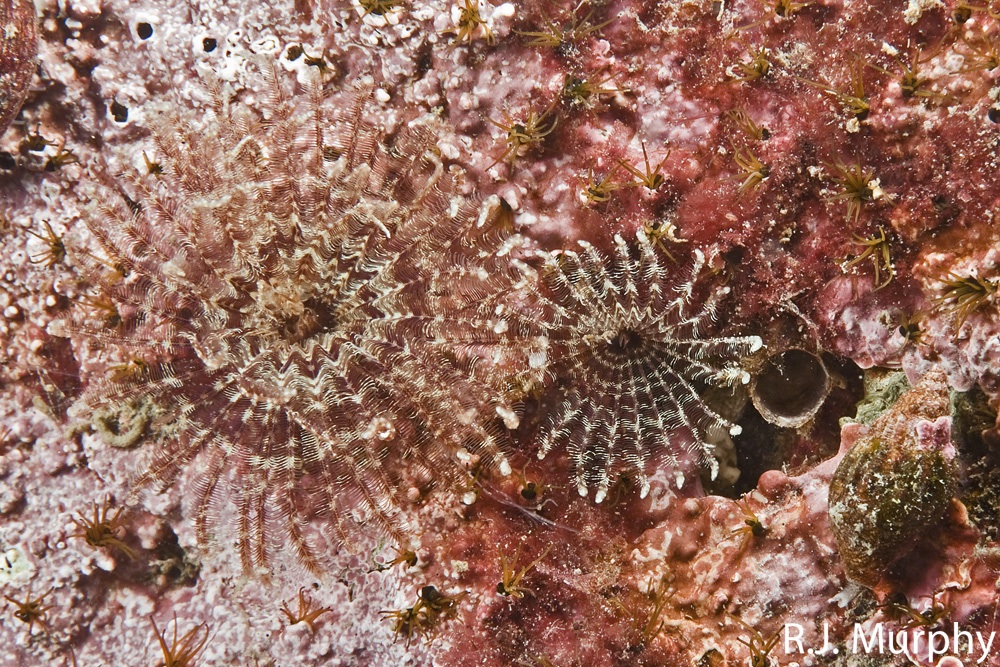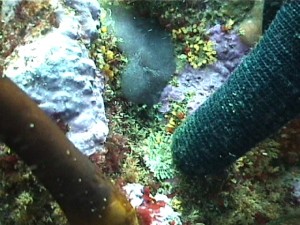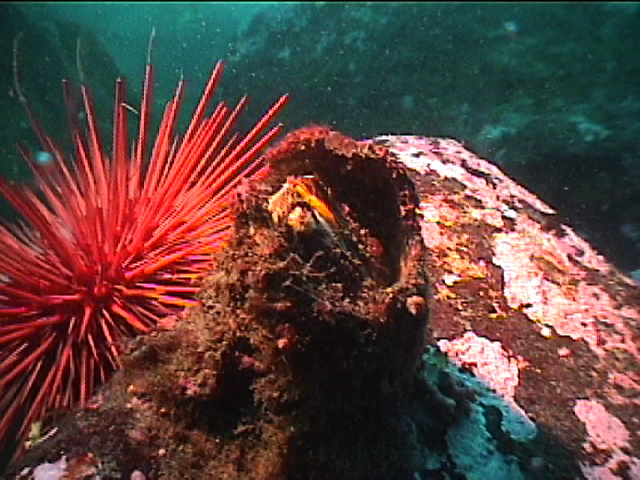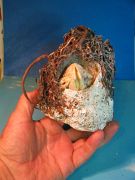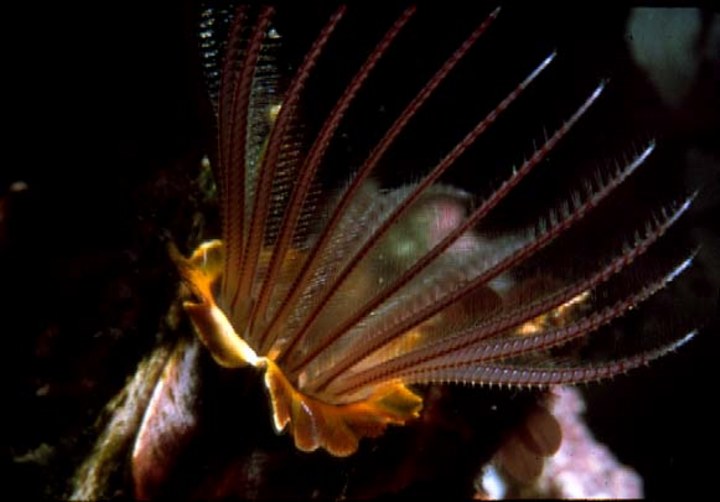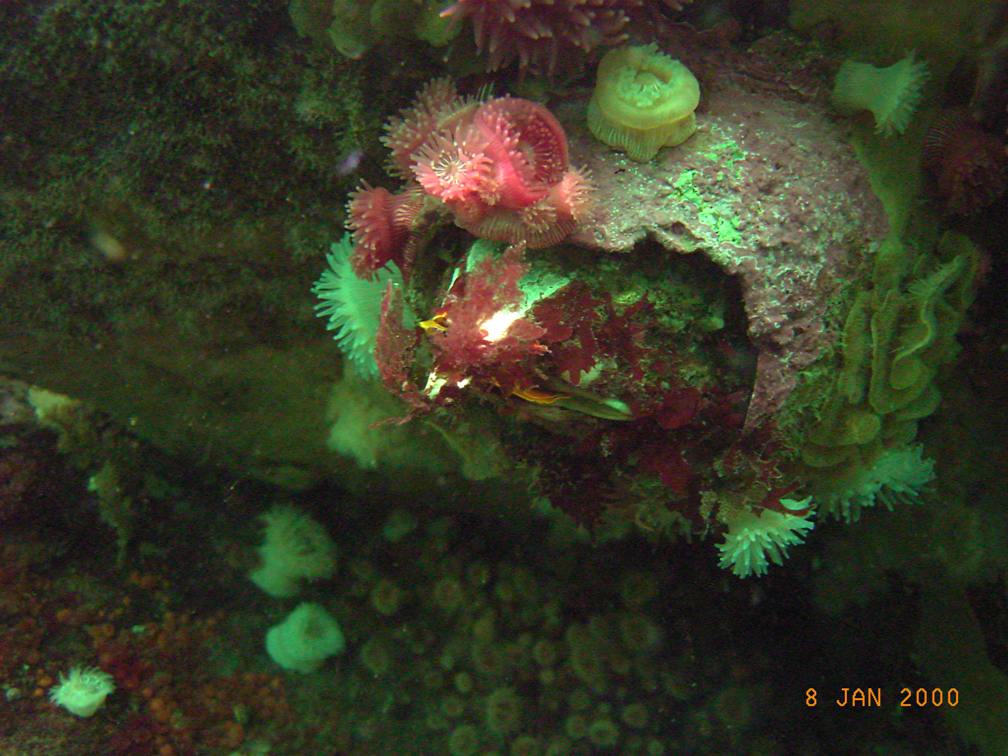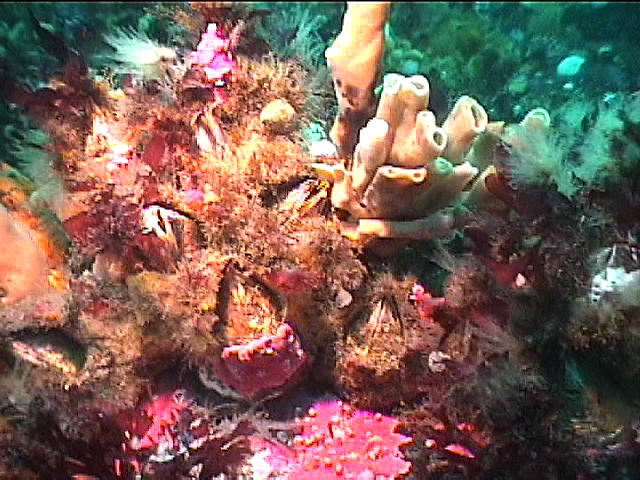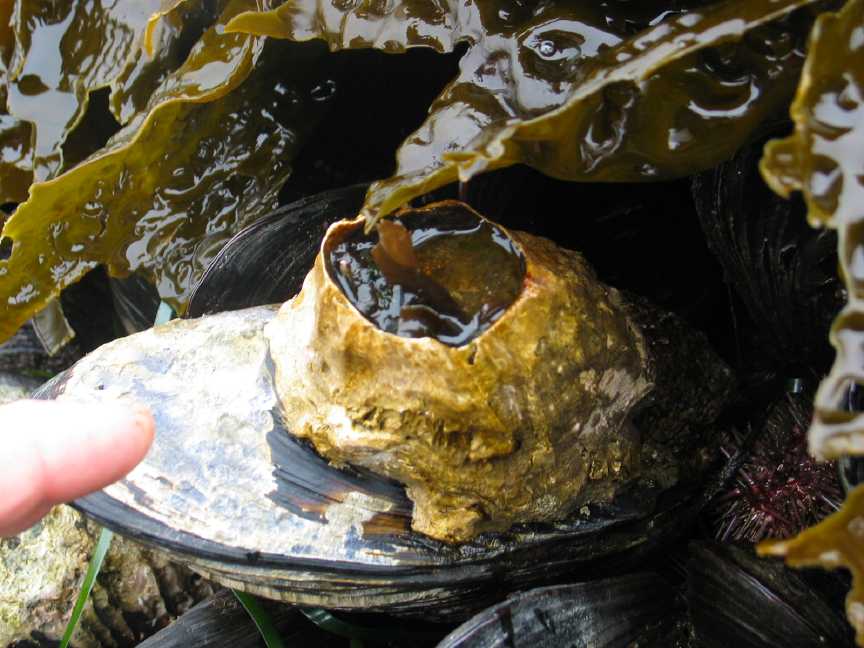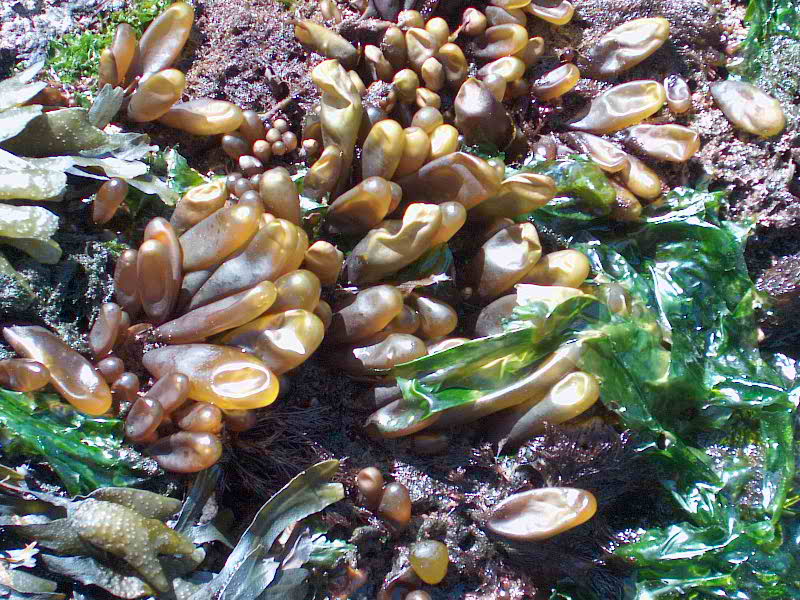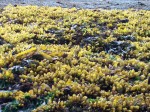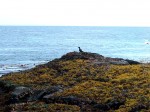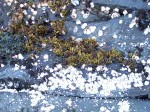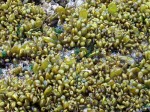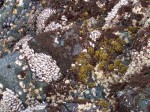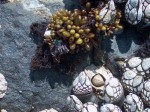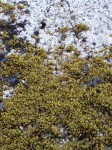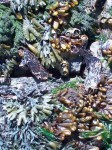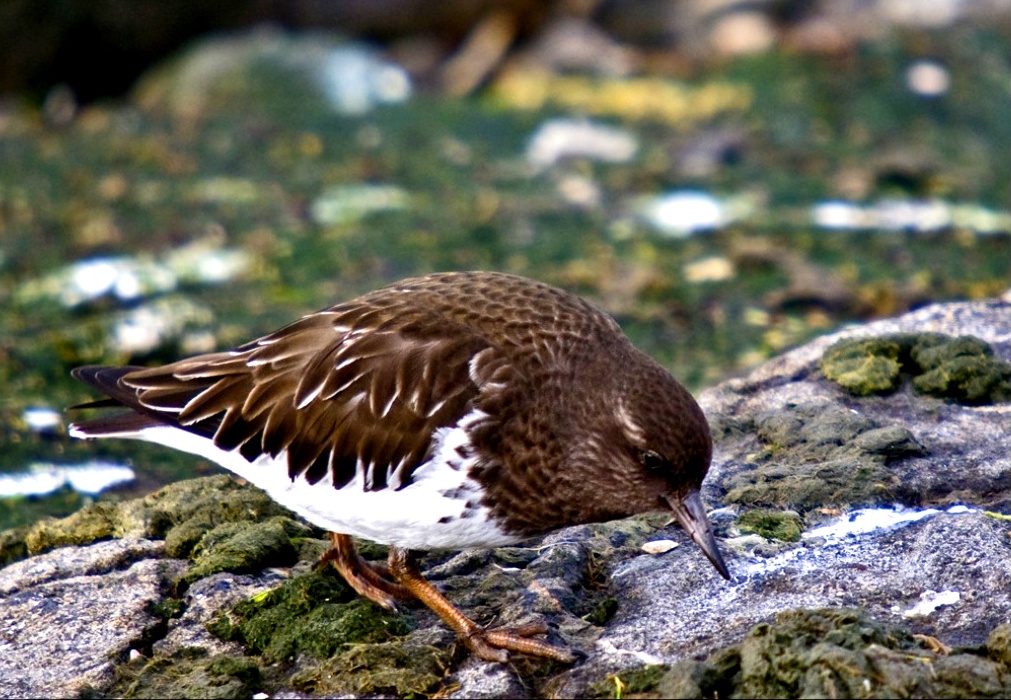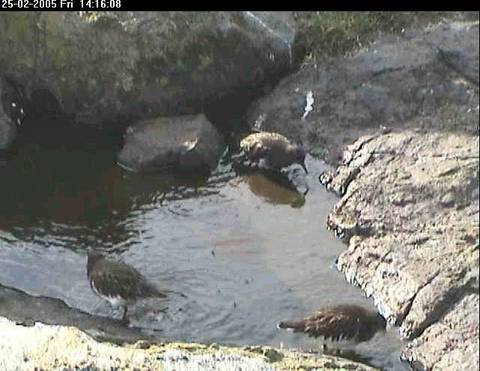- Photo by Kohei
- Growth of this macroalgae starts in March and had already reached several metres in height
- Ben blows the nereotrumpet
- Johan in the current under canopy
- Nereocystis growing as an epiphyte on the stype of Pterophyga
- Bull kelp growing off the North cliff of Race Rocks
- Bull Kelp growing on the North side of Race Rocks
- The direction of the stipe indicates the current flow
- Viewed from underwater, the canopy is a analogous to a forest canopy
- Holdfast,– analagous to roots of land plants-
- Pneumatocysts on the surface viewed from above
- Baby Nereocystis grow as epiphytes on the perennial Pterophyga
- Photos by Ryan Murphy June 2002
- Young Nereocystis reaching for the surface
- They live in up to 12 meters of water.
- pile on the beach after a storm
- The biomass from subtidal ecosystems in areas located far away end up as input into the energy flow of beaches and other intertidal ecosystems
- Holdfasts often carry up rocks or attached invertebrates to the beach. See file linked above–G.Fletcher photos
| Video Saltwater
Domain: Eukarya Plants consist of a long stipe (up to 36 m/118′) attached to the ocean floor by a holdfast composed of numerous haptera (finger-like projections) and terminated above, on the ocean surface, by a single float from which a cluster of tightly branched smooth blades arise. The blades are long (up to 4 m/13′) and narrow (usually less than 20 cm/8″ wide). Overall, this species reminds us of a very large gothic brown onion of extraterrestrial origin. This form, commonly referred to as bull kelp, is attached subtidally but forms surface canopies throughout its distribution from Alaska to central California. At Race Rocks, all the islands are fringed by this species during the summer months. Several features make this species unique. It grows as an annual although some members persist into a second year. Most plants gets torn off by winter storms, landing on beaches to be decomposed, releasing the nutrients back into the ocean through a saprophytic food web. The following pictures illustrate the tangled masses which end up on beaches near the reserve. This means that the plant achieves its significant length in one growing season (most growth occurs between March and September). To reach the maximum stipe lengthof 36 m (118′), the plant must grow an average of 17 cm per day over the approximate 210 day period. Nereocystis has a logistic problem in completing its life cycle. The spores are produced on the blades at the ocean surface, often several metres above the ocean floor, but a critical concentration of spores is required near where the parent plant is successfully established to assure re-occupation of this optimal space once the annual plant is lost. So the sorus (spore patch) drops from the blade and delivers its concentrated spores to the bottom before releasing the spores. This is the only kelp to release spore patches.Ronald E. Foreman in pursuit of his PhD discovered that the float, which may have a volume of up to 3 liters, has carbon monoxide, an infamous poison as one of his buoyancy gases. Foreman has studied the commercial cultivation of red seaweeds.
See other posts on this website about Nereocystis sp.Other Phaeophytes or Brown Algae at Race Rocks
|

